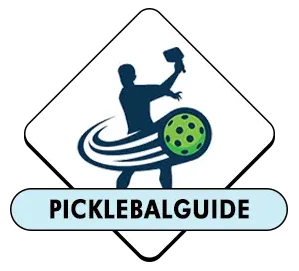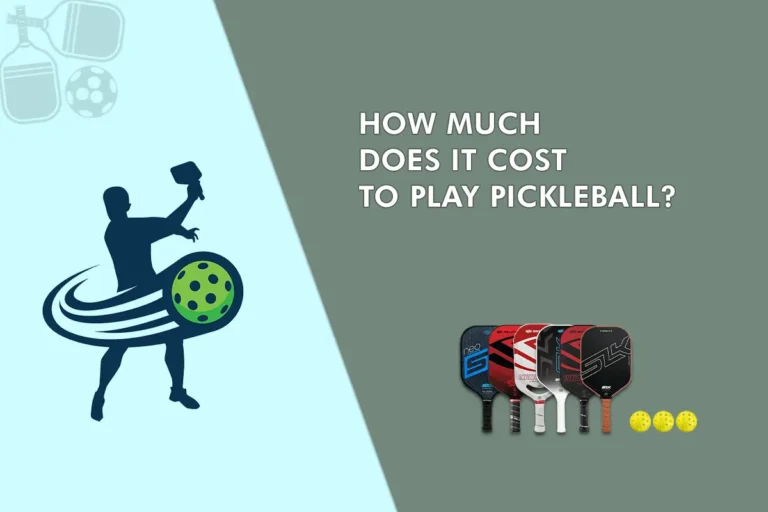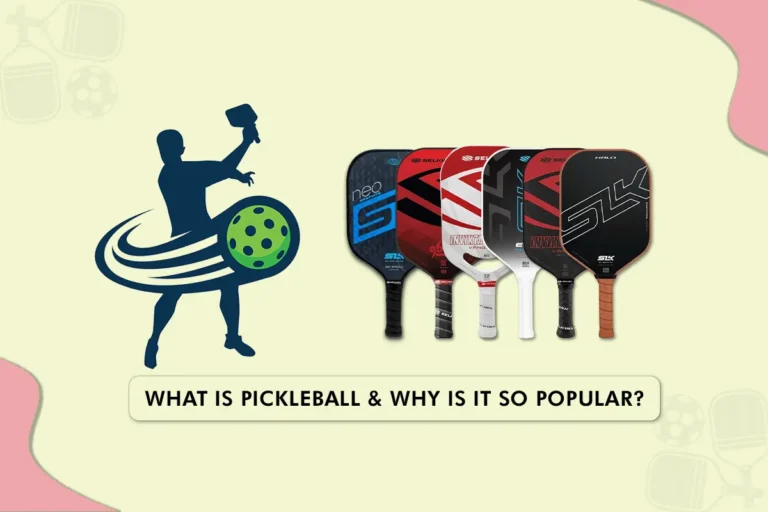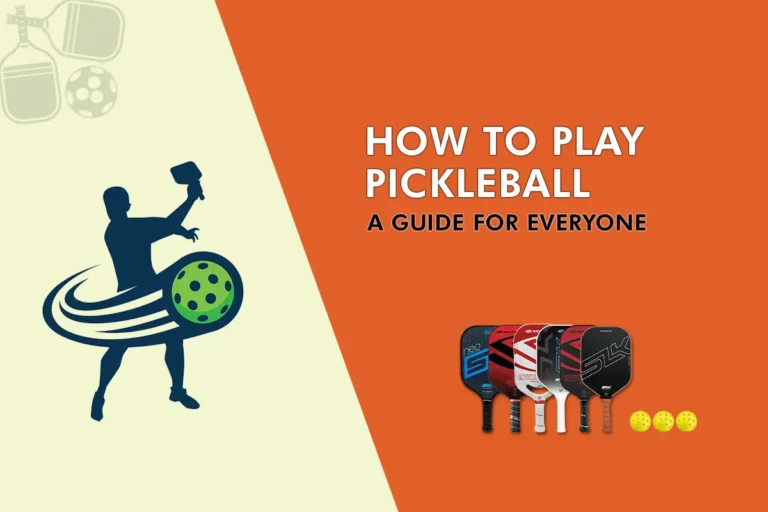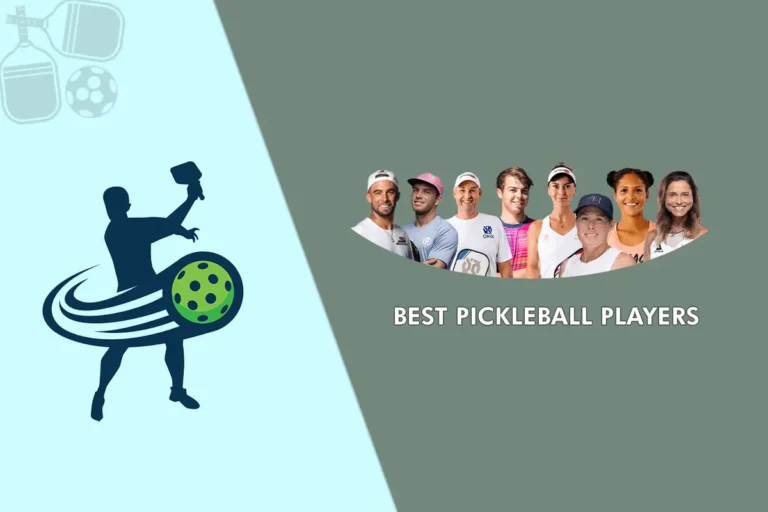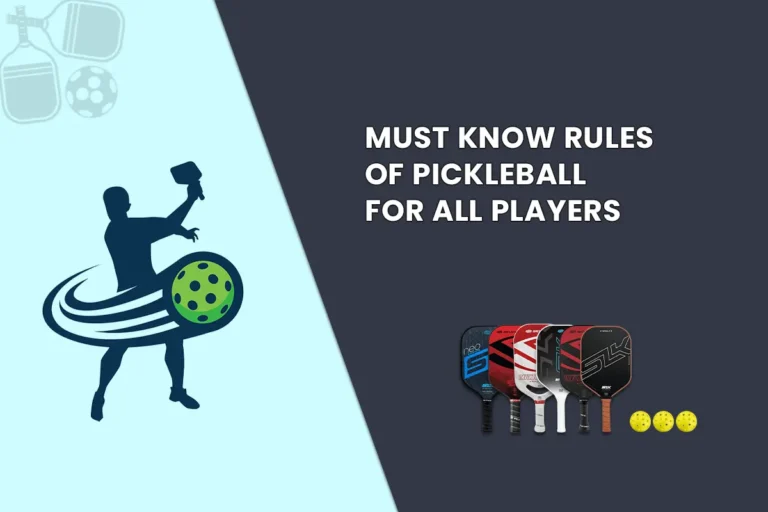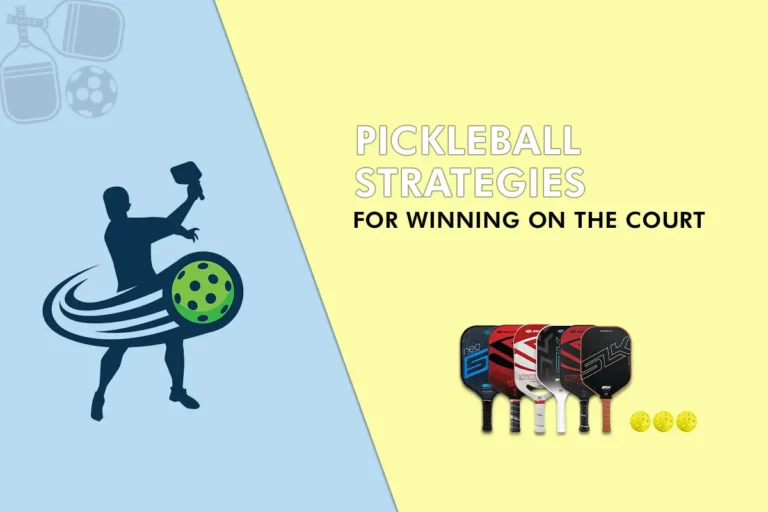The Ultimate Guide on How to Serve in Pickleball
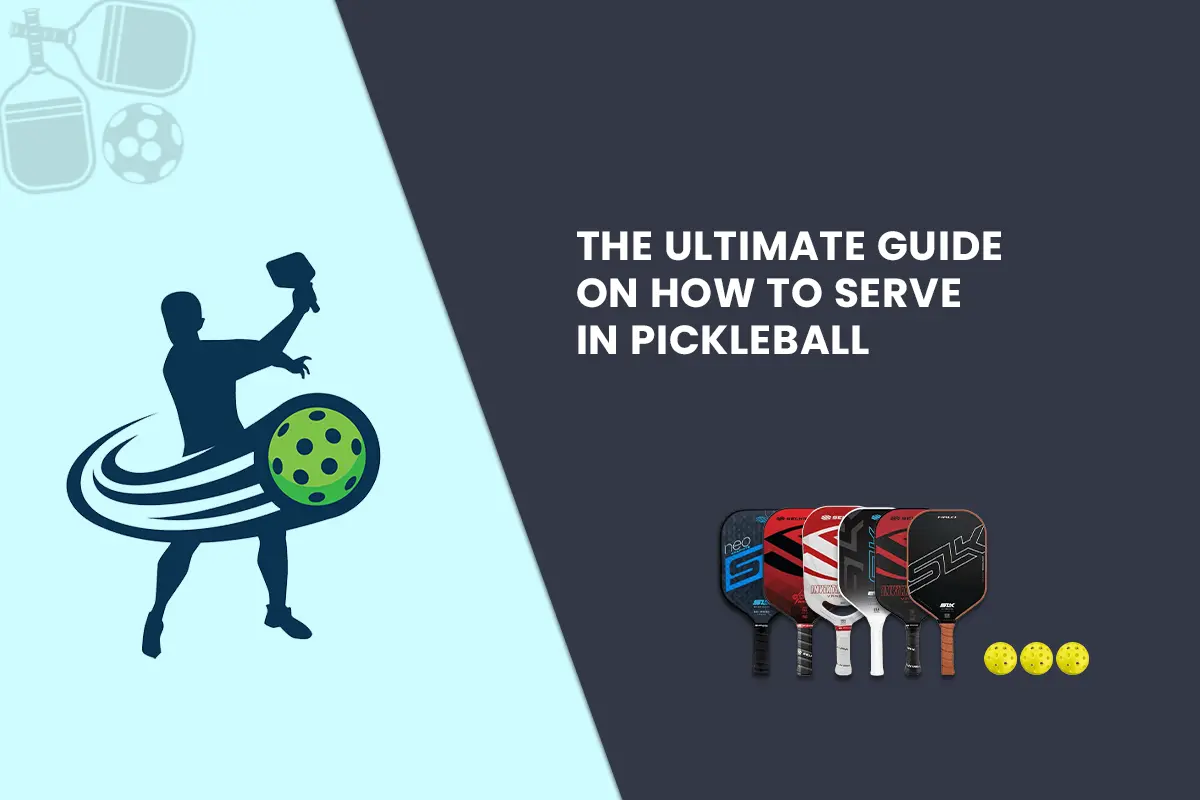
The serve in pickleball is a key to the rest of the match. If you execute your serve well right from the start, then you will have a considerable edge over your opponent.
Serving is your first chance to control the match by setting the pace and putting your opponent on the defensive. If you want to gain an edge in a competitive match or casually with friends then mastering the serve is important.
A good serve does more than just to start the game, it can also create opportunities to dominate the point. You can force your opponent into a difficult position by making it harder for them to return the ball by strategically placing your serve.
This strategic placement not only increases your chances of winning the point but also disrupts the rhythm and confidence of your opponent.
You should understand the fundamental techniques and rules of serving in pickleball. To serve underhand, the paddle must move upward in an upward arc and contact the ball below waist level. By following these rules, you will not only be able to serve legally but also at the highest level.
In this blog post, you will learn different types of serves and their strategic uses, a full step by step guide on how to serve in Pickleball, and key techniques to improve your pickleball serve.
Types of Serves in Pickleball
Drop Serve
In pickleball, the drop serve is when you drop the ball and let it bounce before hitting it. This serve is beginner friendly because it allows more control over the shot. When you let the ball bounce, you have time to position yourself and hit the ball accurately.
It’s a great way to start learning how to serve, as it reduces the chances of mistakes like hitting the net or serving out of bounds.
Volley Serve
A volley serve is the most used serve in professional pickleball games. It is a serve when you hit the ball directly from your hand without letting it bounce. This serve requires good hand eye coordination and timing because you strike the ball immediately.
It can be very powerful and fast by putting immediate pressure on your opponent. However, it is also more challenging to master because any small mistake in timing or angle can lead to a fault. A fault in pickleball refers to any action that violates the rules and results in the stoppage of play.
Lob Serve
During a lob serve, you hit the ball high and deep into your opponent’s court. This type of serve gives you time to move toward the net and prepare for the next shot.
It is a great way to catch your opponents off guard, especially if they are not expecting a high, arching serve. The lob serve is also useful for changing the pace of the game and interrupting your opponent’s rhythm.
Top Spin Serve
It is a rarely used technique in pickleball games but it is the most effective one. Basically, top spin serves to involve hitting the ball upward which causes it to spin forward. This spin makes the ball bounce higher and faster after it lands which makes it harder for your opponent to return.
For this serve, you will need to brush your paddle across the back of the ball. It’s an advanced serve that can be very effective in putting your opponent on the defensive right from the start.
Step By Step Guide on How to Serve In Pickleball
If you are wondering how to serve in pickleball for beginners, here is a detailed explanation:
Step 1: Positioning
You should start the game by standing behind the baseline of the court. To improve your balance, keep your feet shoulder width apart with your knees slightly bent.
If you are right handed then keep your left foot slightly ahead, and if you are left handed then your right foot should be forward. This position provides a stable start for your serve.
Step 2: Ball Placement
The second step is ball holding. The best way to hold the ball is in your non dominant hand at waist height. It is best to place the ball on your side and slightly in front of your body.
This placement maintains a smooth, fluid motion when you serve and helps you to follow the rule that requires you to strike the ball below your waist.
Step 3: Backswing
You need to initiate a backswing to generate power. The paddle needs to be extended backward while your wrist stays relaxed.
Make Sure that your paddle is aligned with your non dominant arm for proper technique and consistency. This step stores the energy that will be transferred to the ball during the serve.
Step 4: Ball Toss
Try to toss the ball at a height of about 12 to 18 inches above your paddle’s contact point. When it comes to accuracy, your ball toss must be consistent.
It is important to throw straight up to avoid any unpredictability, which will allow you to land a clean and effective strike.
Step 5: Point of Contact
When you bring your paddle forward to strike the ball, keep your eyes on the ball. You should aim to make contact slightly above your waist and in front of your body.
When you are hitting the ball with your paddle, go for the center of the paddle’s face for maximum control and power. Use your body’s rotation by involving your hips and shoulders to add strength to your serve.
Step 6: Placement and Accuracy
It is important to change the placement of your serve in order to keep your opponent off balance. You can serve different areas of the court, such as the deep corners or the middle.
It is harder for your opponent to effectively return a serve when you consistently hit your target areas.
Pickleball Serving Tips and Strategies
Illegal Pickleball Serves
Here are some common illegal serves in pickleball:
Closing Remarks
In pickleball, a mastery of the serve is key to success. You should shoot diagonally across the court using an underhand motion, hitting the ball below your waist. To maintain balance and accuracy, practice a consistent pre serve routine. After understanding how do you serve in pickleball with dedication and proper technique, your serve will become a powerful asset that gives you confidence and control on the court.
